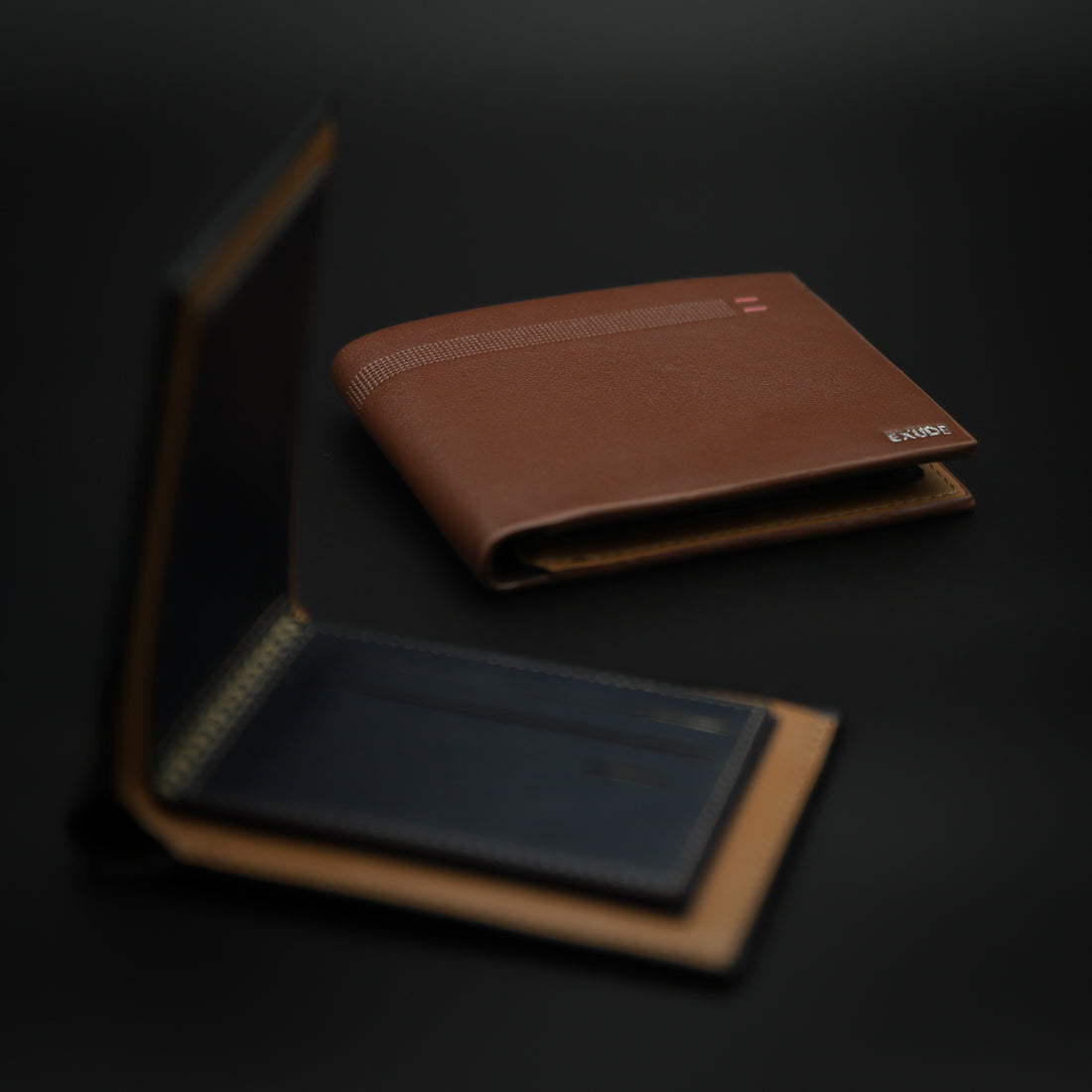
The Ultimate Guide: How to Care for Your Leather Goods
Share
Introduction
Leather goods have an undeniable charm and timeless appeal. Whether it's a luxurious handbag, a classic leather wallet, or a stylish pair of leather shoes, these items are more than just accessories – they're investments. To ensure that your leather goods stay in pristine condition and retain their beauty for years to come, proper care is essential. In this guide, we'll walk you through the steps to care for your leather items and keep them looking their best.
1. Understand Your Leather
Not all leather is created equal. Different types of leather require distinct care routines. Common types of leather include:
- Full-grain leather: This is the top layer of the hide and is the most durable and natural-looking leather. It develops a rich patina over time.
- Top-grain leather: Slightly thinner than full-grain, it is also high quality and often used for leather goods. It may have a protective finish.
- Genuine leather: This term can be misleading, as it refers to real leather but not necessarily high-quality leather. It may be less durable and more prone to wear.
- Suede and nubuck: These are softer, textured leathers that require specific care to prevent staining and damage.
Knowing the type of leather your accessory is made from is crucial in determining the right care regimen.
2. Regular Cleaning
Dust and dirt can gradually dull the appearance of your leather items. To keep them looking fresh, follow these cleaning steps:
- Use a soft, damp cloth to wipe away surface dust and dirt. Avoid using excessive water, as it can damage the leather.
- For stubborn stains or deeper cleaning, use a leather cleaner specifically designed for your type of leather. Follow the product's instructions carefully.
- Always test any new cleaning product on an inconspicuous area first to ensure it won't harm the leather.
3. Conditioning
Leather, like your skin, needs moisture to stay supple and prevent drying or cracking. Leather conditioner is your best friend in this regard:
- Apply a leather conditioner recommended for your type of leather to a clean, dry cloth.
- Gently rub the conditioner into the leather in a circular motion, ensuring even coverage.
- Allow the conditioner to be absorbed for at least 30 minutes or as instructed on the product.
- Wipe away any excess conditioner with a clean cloth.
Conditioning your leather goods periodically (usually every 6-12 months) helps maintain their softness and resilience.
4. Protect from Moisture
Leather and water are not the best of friends. Prolonged exposure to moisture can cause leather to warp, lose shape, or develop mold. To protect your leather accessories:
- Avoid wearing leather items in heavy rain or snow.
- Use a waterproof spray designed for leather to create a protective barrier.
- If your leather item gets wet, let it air dry naturally, away from direct heat sources.
5. Storage Matters
Proper storage is essential to prevent damage when your leather accessories are not in use:
- Store leather items in a cool, dry place, away from direct sunlight.
- Use dust bags or cloth pouches to protect them from dust and scratches.
- Stuff handbags and shoes with tissue paper or a shoe tree to help them retain their shape.
Conclusion
With the right care and attention, your leather accessories can age gracefully and become even more beautiful over time. Remember to clean, condition, and protect your leather items regularly, taking into account the type of leather you're dealing with. By following these simple steps, you'll enjoy your leather goods for many years, and they'll continue to exude timeless elegance and style.
